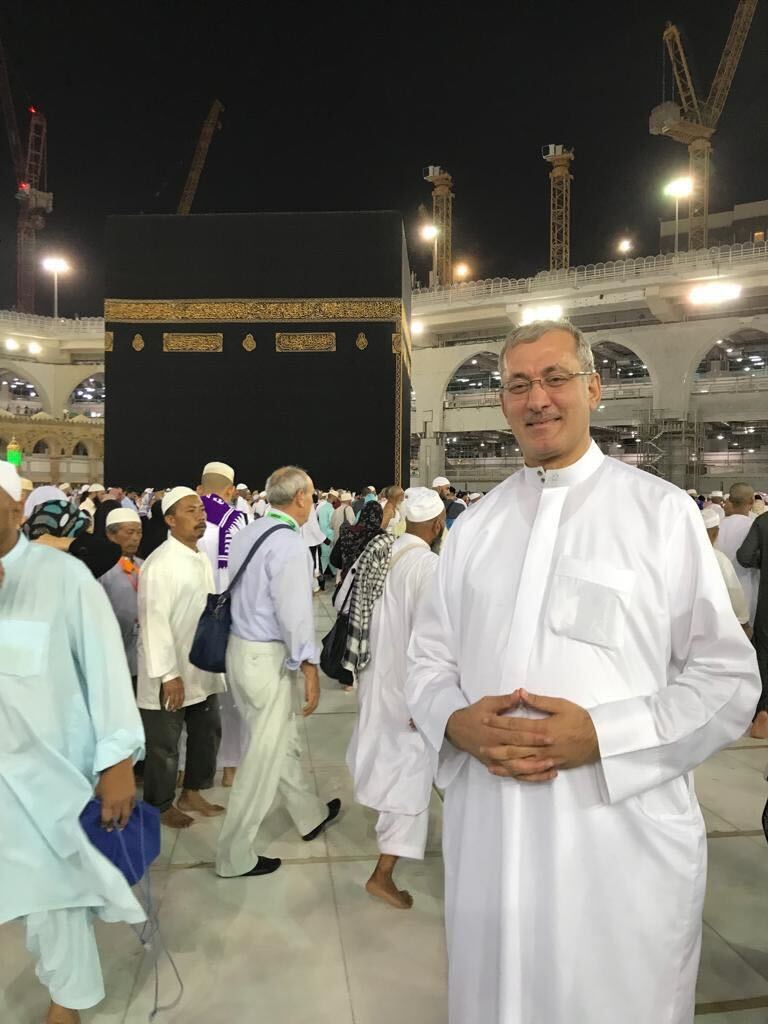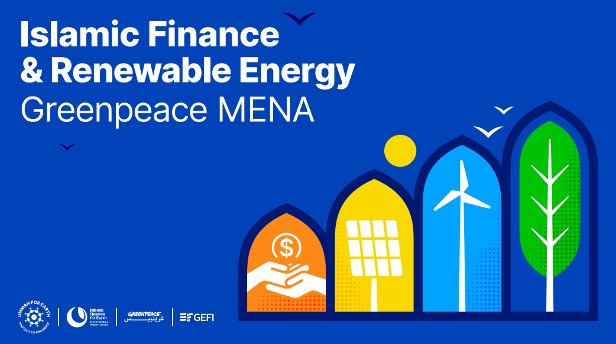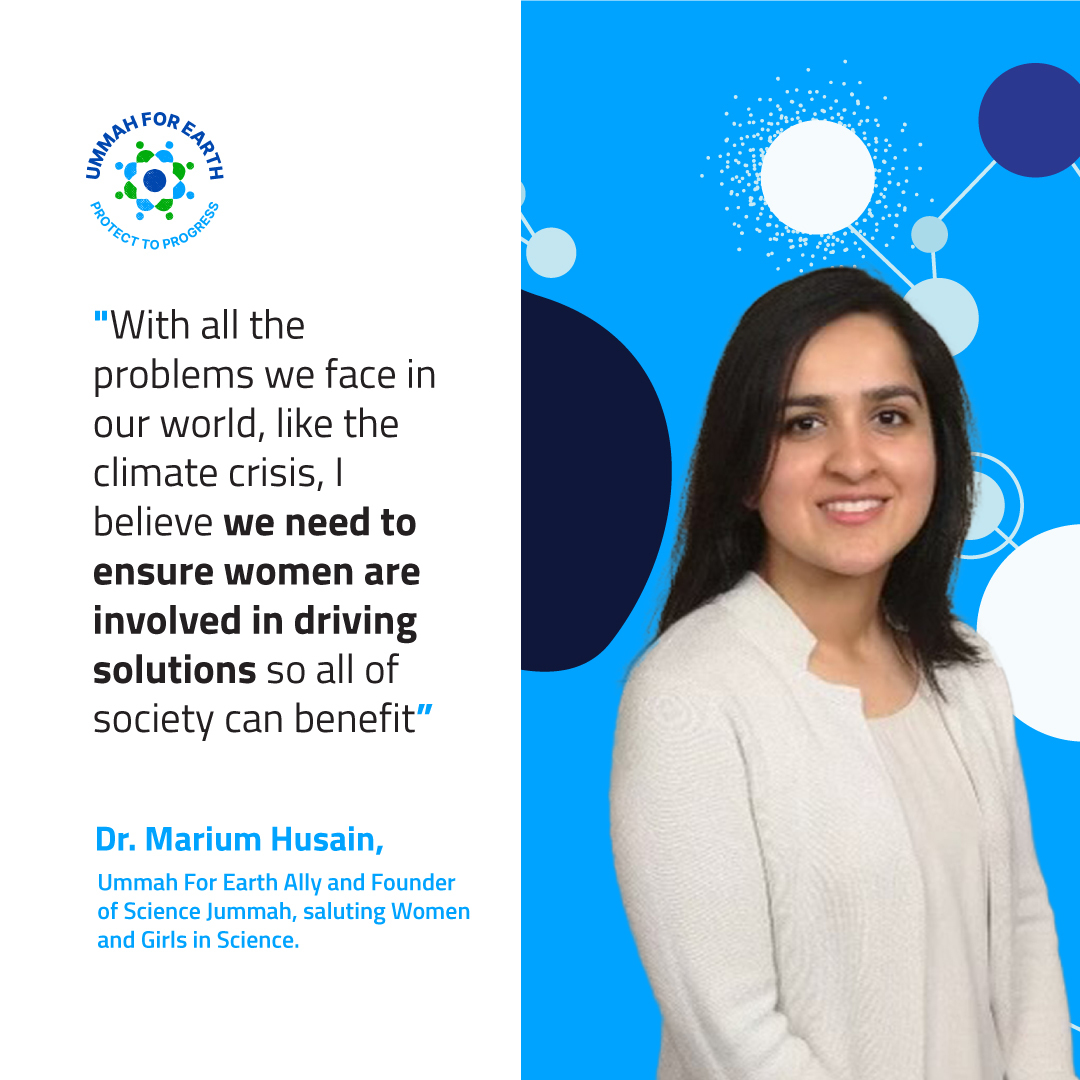Just as the Hajj journey inspired Malcolm X and enlightened him about the value of equality in Islam and the need to abolish racial discrimination between white people and people of color, so too Islam can inspire the world to solve the scourges of poverty, corruption, and environmental pollution. Islam is a source of mercy to the worlds and insight for humanity. As such, Green Hajj is primarily based on the sincerity of orientation, self-understanding, asceticism, striving for justice, human and environmental security, and charging oneself with renewable energy. There are several stations and milestones to shift towards the concept of Green Hajj. The charging stations represent five stops inspired by the verses of the Quran and the significance of the Hajj journey. Because Earth is our home we have a responsibility to protect it, for all beings are like us, they glorify and prostrate to the Creator.

First stop: It begins with the supplication of Prophet Ibrahim, peace be upon him, that Mecca, which was an uncultivated valley, be a safe country and that its people be blessed with all varieties of fruit. This attitude is necessary to anticipate the grace of God, seek His help, put our trust in Him, and gain spiritual empowerment to shift towards a sustainable future. The main cause of our environmental crisis lies in the lack of spiritual insight, the treatment of the universe as an inanimate object devoid of any soul, and the lack of awareness of the spirituality of Earth “There is not a thing that does not glorify Him with praise.” This trust in God and hope for the future is evident in the words of Hajar to Ibrahim (PBUH) when he left her with her child in Mecca, where she said, “God will not forsake us,” because God is kind to His servants and He is the source of all sustenance and generosity. Green Hajj begins with humans realizing their role in life as successors and witnesses, not as hunters and consumers.
Second stop: It involves contemplating the meaning of circumambulating the Kaaba and its cosmic implications for understanding the laws and rules that govern the universe and the movement of every atom and galaxy therein. When the believer roams around the Kaaba, they are walking in harmony and alignment with the movement of the universe “each travelling in an orbit.” Therefore, the shift towards Green Hajj is rooted in understanding the balance of the universe and reducing corruption on land and sea in its broadest sense. Harnessing the sun’s power and using clean energy requires an understanding of the solar system and the solar energy transformation processes, which make life on Earth possible and sustainable. Green Hajj requires harnessing clean energy in the service of humanity.
Third stop: The Hajj journey reflects the wise quest of Hajar (PBUH) and the fruit of her efforts after walking back and forth between the hills of Safa and Marwah seven times, which was followed by the eruption of a spring of water from among the rocks. The fruit of the effort is associated with water, which is the essence of life and development. Hajj, as a human quest for witnessing multiple benefits, requires human acquaintance, the transfer of knowledge and wisdom, foreseeing the future, and not depleting natural resources. The Stone Age did not end because the stones were depleted. Green Hajj requires harnessing the power of science and innovation to serve humanity and develop the world.
Fourth stop: The Hajj journey reflects the idea of renewed human life, elevating humans and liberating them from slavery to money, tribe, and race, transcending the culture of consumption, and realizing the meanings of human dignity and respect for life in the sacred land, so as not to harm any tree or a person. This evolution in our perception throughout the Hajj journey reinforces the importance of respecting human rights and celebrating ethnic diversity. There is no difference between an Arab and a non-Arab except by piety. Green Hajj means renewing environmental discourse and spreading hope for a sustainable future.
Fifth stop: The Hajj journey seeks to achieve human security, a fulfilling life, a prosperous country, plentiful sustenance, and abundant development. This is evident in the supplication of Ibrahim (PBUH), “My Lord, make this city secure.” Security can be achieved by understanding the correlation between environmental and human security – that is, by achieving water, energy, and food security.
In sum, Green Hajj requires a greener mind, mentality, and environmental discourse, as well as greener means of agriculture, transportation, and development, to sow the seeds of hope for a sustainable future.

Academic and researcher in sustainable development and innovation




Discussion
Haj represents a renewal of human civilization to build a humane world with empathy and solidarity
Haj represents a renewal of human civilization to build a humane world with empathy and solidarity